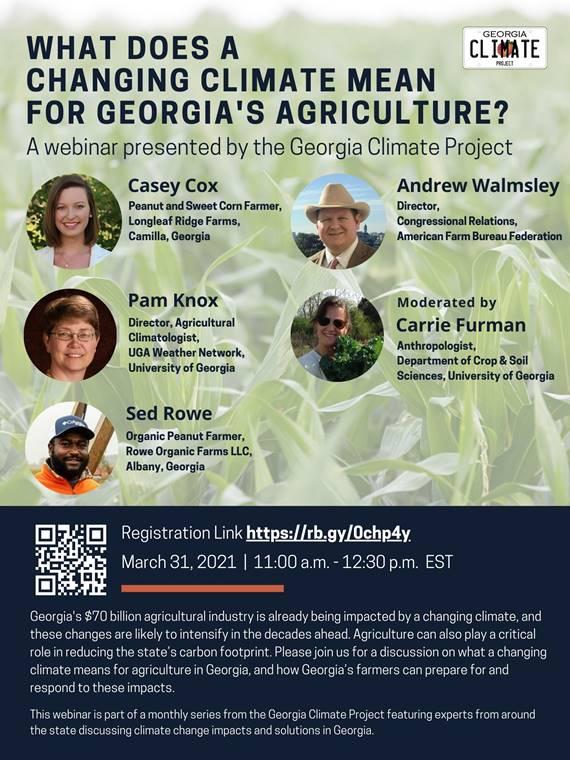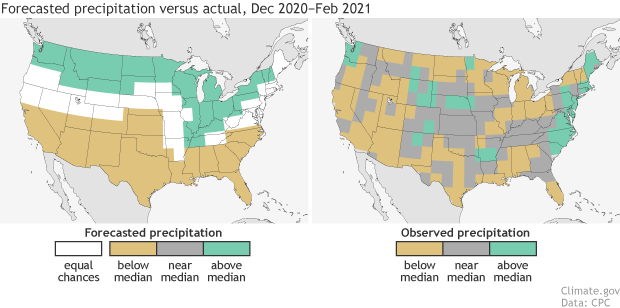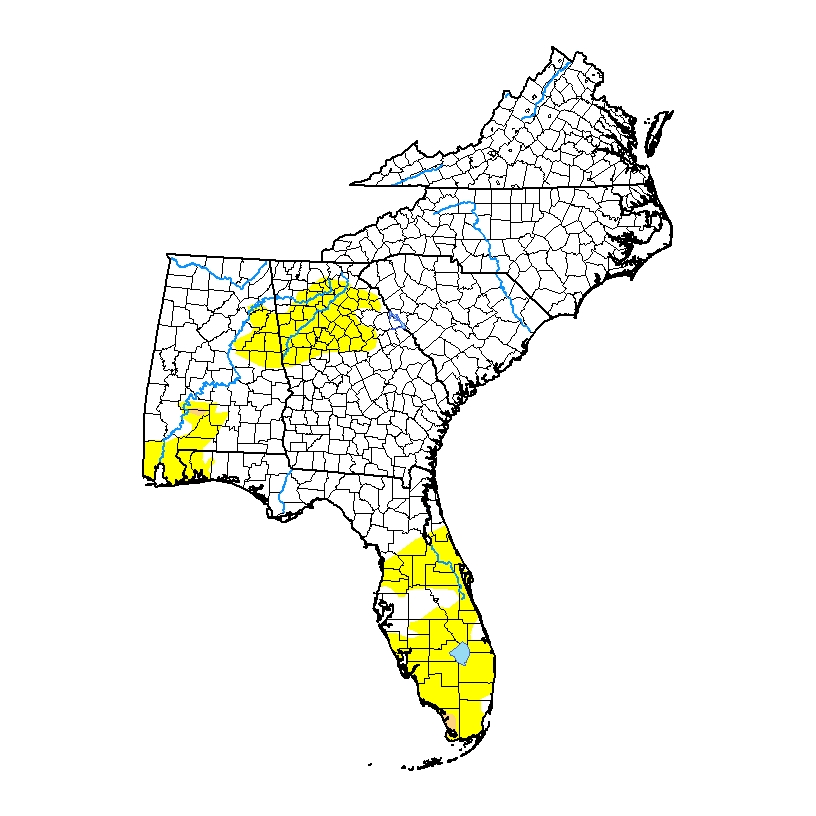-

Is the sun causing climate change? Is more carbon dioxide good for plants? Is a snowstorm proof that there is no global warming? Are climatologists getting paid lots of money to promote extreme climate scenarios in the future (hah)? If you get questions about climate change from people who are uncertain or skeptical about it,…
Posted in: Climate science -

The latest 7-day QPF map shows that while most of the Southeast will get rain this week, most of the Florida peninsula will stay warm and dry, which could increase the drought there on next week’s Drought Monitor map. One storm will bring rain to northern AL and GA and the mountains later this weekend,…
Posted in: Climate outlooks -

As always, there are many stories being published about climate and agriculture in the news. Here are some of the latest interesting ones I have read. They cover a variety of topics from cloud seeding to atmospheric optics to water quality impacts on eagles (featuring work by UGA professor Susan Wilde). The Guardian: US states…
-

On Wednesday, March 31 at 11:00 am EDT I will be one of several speakers participating in a Georgia Climate Project webinar on how the changing climate is affecting Georgia’s agriculture. I will talk about changes we are seeing in climate in Georgia and then several farmers will discuss what these changes mean for how…
-

Most people have noticed that the actual weather that happened in the past winter was very different than what NOAA predicted before winter started. NOAA posted a story today which analyzed how well their winter forecast verified. They showed that the prediction was not as bad as you might think, but it was definitely one…
-

The latest Drought Monitor, released this morning, shows that the area of moderate drought (D1) in Alabama has contracted due to more rain in that state. But a small area of D1 was added to the far southwestern corner of Florida, and abnormally dry (D0) conditions expanded in both Florida and Georgia. Rain this week…
Posted in: Drought -

Every ten years, the United States and many other countries release a new set of 30-year average temperature and precipitation values, which are called “climate normals”. They are intended to capture the average conditions for the last 30 years and are used by many industries, including agriculture, to make decisions about what kind of weather…